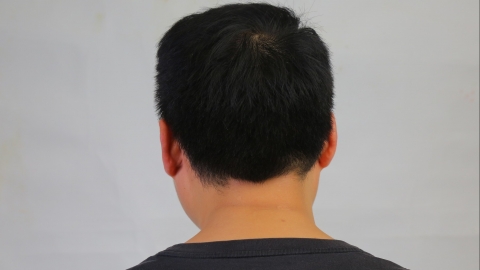Cervical Spondylosis: Is Traction Needed for Head Tightness?
Generally, when headache and tightness in the head caused by cervical spondylosis are due to cervical disc protrusion or facet joint disorders, and there are no contraindications, traction may be used. However, if there is cervical instability or spinal cord compression, traction should not be performed. If in doubt, it is recommended to seek medical advice in advance. Detailed explanation is as follows:

If the tightness in the head is caused by mild cervical disc protrusion or misalignment of the facet joints, and imaging confirms cervical stability without spinal cord injury, properly conducted traction can relieve pressure on the intervertebral discs, relax muscles, and alleviate the tightness in the head. In such cases, traction may be appropriate.
If tightness in the head is accompanied by cervical instability, spinal stenosis, or signs of spinal cord compression such as numbness in the hands and feet or unsteady gait, traction may worsen cervical instability or spinal cord damage, leading to an exacerbation of symptoms. In such cases, traction should not be used.
Blind traction should be avoided when experiencing head tightness due to cervical spondylosis. It is essential to first undergo imaging examinations to determine the exact condition. Traction must be performed under professional guidance. If symptoms worsen or new discomfort arises, stop immediately and seek medical attention to adjust the treatment plan.










